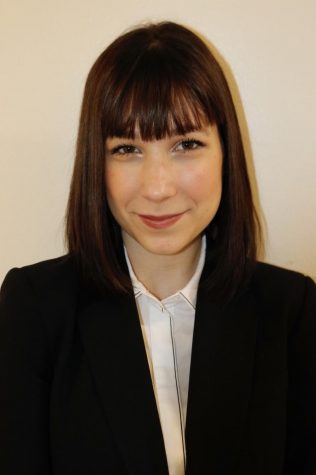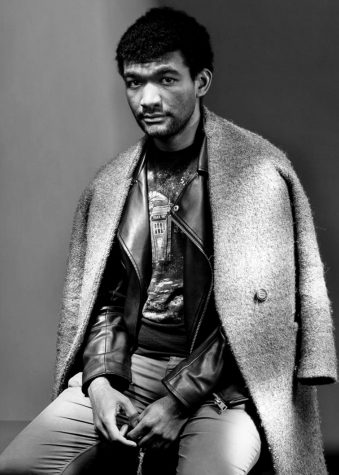The Disneyfication of Polynesian Culture

The Disneyfication of Polynesian Culture
Kevin Stoltonberg/The Fordham Ram
Kevin Stoltonberg/The Fordham Ram
April 25, 2018
Hang on for a minute...we're trying to find some more stories you might like.
Email This Story
By Hannah Gonzalez

(Kevin Stoltonberg/The Fordham Ram)
When Disney announced that it was developing a movie steeped in the folklore of the Polynesian Islands, Pacific Islanders and those of Pacific Island descent were ecstatic. Here was finally the opportunity for representation, the chance for our heritage to be put on display. This Polynesian Disney princess would be one for the world to fall in love with.
Upon its release, Moana seemed to hit all of the checkboxes of a culturally sensitive Disney film. It was based on the Long Pause, an actual episode in Polynesian history. The voice actors were actually of Pacific Island descent. The moving soundtrack and breathtaking animation didn’t disappoint, either. Yet, despite all this, something about the movie felt off.
Moana espoused a universal message about the importance of knowing who you are, following your dreams and finding the strength to be a leader. These messages aren’t bad by any means, but it wasn’t necessarily the story a Pacific Islander would tell about their heritage. Nor was it really a story about Pacific Islands at all. This film was a Disney story wearing a grass skirt.
On one level, the Disneyfication of island folklore came as no surprise to me. Disney is no bastion of historical authenticity by any means, and it never set out to be. But conversation about the appropriation and commodification of culture remains relevant as Disney continues to roll out culturally-themed movies that center on such nonspecific themes as love, family, friendship and individuality, all neatly packaged in a sterilized, Western-friendly bow.
I wasn’t the only person to question the movie’s apparent appropriation. Vicente Diaz, a scholar of the Pacific Islands, harshly critiqued Disney’s exploitation of native Polynesian culture. He questioned the idea that Disney’s can invoke the “Oceanic Advisory Board” formed for the movie as license to depict an entire region of the world.
“… What, exactly does it mean that henceforth it is Disney that now administrates how the rest of the world will get to see and understand Pacific realness,” Diaz asks in his article in the Indian Country Today magazine.
Personally, my problem isn’t that Moana is not wholly factual. Disney’s stories are, without exception, set in a fantastical realm quite apart from the real world. After all, it’s a children’s movie. Instead, my fear is that the only exposure that the mainstream American audience will ever have to non-American cultures is that of the two-dimensional Disney variety.
I’m not asking for Disney to change its formula. Instead, what I’m calling for is a Hollywood in which the scope of storytelling is far-reaching and diversity is expected rather than exceptional.
Moana did very well in the box office, grossing nearly $250 million domestically. More recently, Coco grossed over $200 million. It would be easy to attribute these successes to a “Disney effect,” according to which the vast majority of animated Disney movies are doomed to do well. But I for one would like to take this trend as a sign that Americans are not only accepting of cultural stories, but eager to learn more about them. If only there were more filmmakers willing to tell these stories.
How do we reconcile the call for representation in Disney with the inevitable Disneyfication of the cultures it takes on? I see cultural films, and Moana, in particular, as an opportunity to celebrate a strong brown protagonist, even as we critique some of the movie’s more specific cultural failings. Movies like Moana and Coco serve as a launching point into a broader discussion of the need for more diverse stories and storytellers in Hollywood.
In the future, I want to see a box office that represents cultures from all over the world, from all different perspectives. For now, though, I’ll sing along to “How Far I’ll Go,” and tell anyone who will listen about the historical background glimmering beneath the surface of Moana’s shiny sea.












If you want a picture to show with your comment, go get a gravatar.